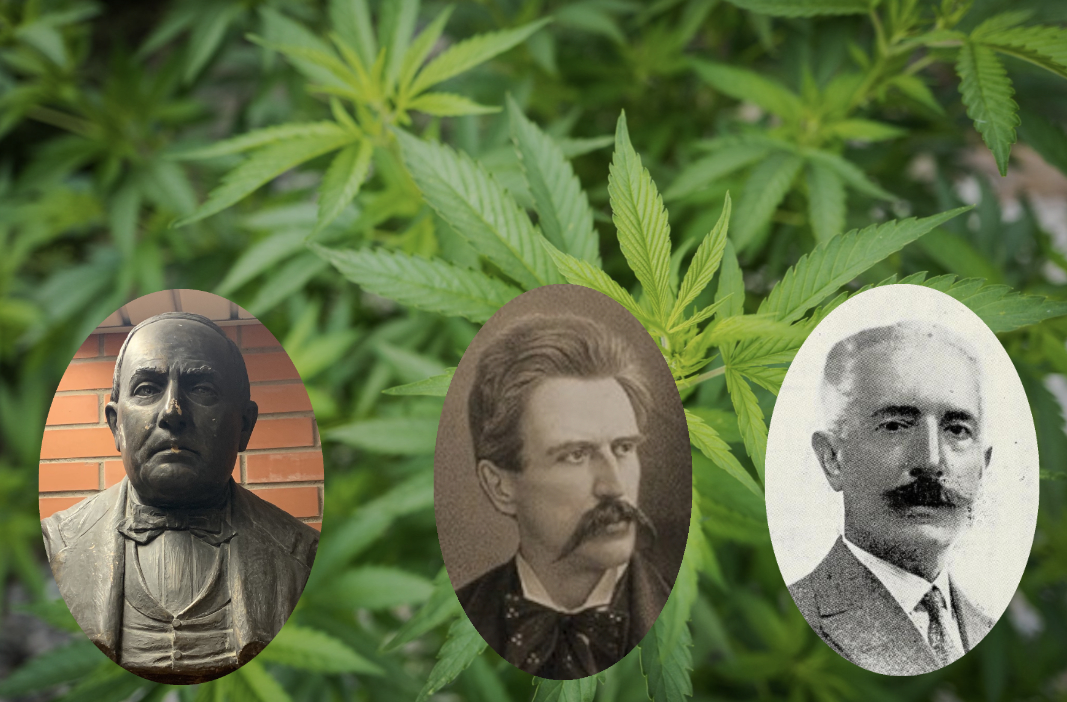The Neapolitan contribution to the scientific studies on Cannabis. A historical overview
DOI:
https://doi.org/10.6093/2724-4393/10883Keywords:
Cannabis, Raffaele Valieri, Biagio Longo, Botanical Garden of NaplesAbstract
After a look at the history of scientific studies of Cannabis in Europe and Italy, in its two forms of fiber hemp (C. sativa) and psychoactive hemp (C. indica), this article traces the history of the medical, botanical and agronomic studies undertaken in Naples starting from the mid-19th century. Two main historical periods stand out. A first phase, mainly in the 70s and 80s of the 19th Century, involved medical studies with Indian hemp which involved prominent figures of the Neapolitan culture, including Sebastiano De Luca, Eugenio Fazio, Paolo Panceri, Mariano Semmola. Raffaele Valieri's clinical research undertaken at the Incurabili Hospital stands out for its originality; his studies on the therapeutic properties of sativa hemp can be considered the most extensive and detailed not only in Italy but in Europe. A second phase, dated to the 1930s, saw the first Italian cultivations of Indian hemp by Biagio Longo at the Experimental Station for Officinal Plants of the Botanical Garden of Naples. In 1931 Longo gave rise to the "Calcutta strain", which was kept active throughout the 20th century with annual cultivations and became the primary reference sample in scientific research carried out in Italy on Indian hemp.
Downloads



